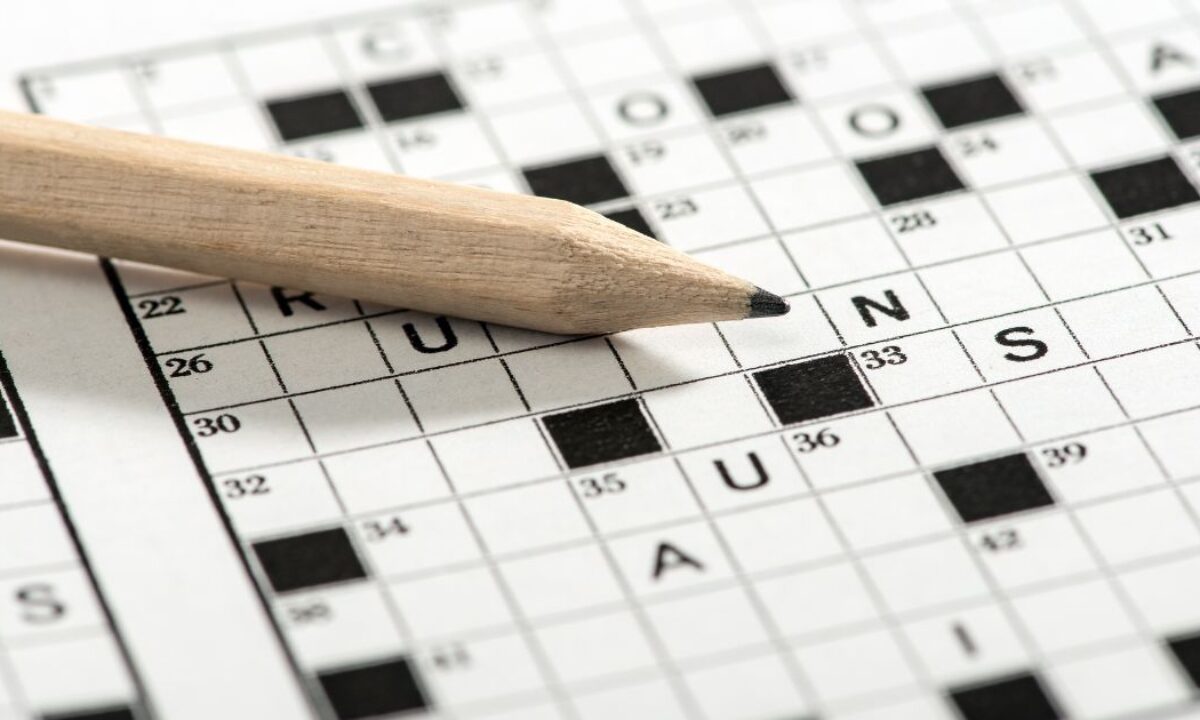The New York Times crossword has long been considered the gold standard in word puzzles. For decades, it has challenged readers with clever clues, cultural references, and tricky wordplay that keeps solvers coming back day after day. Whether you are a casual player or a serious enthusiast, exploring the world of NYT crosswords can help you sharpen your vocabulary, improve problem-solving skills, and enjoy a daily dose of mental exercise.
The History of NYT Crosswords
The first New York Times crossword was published in 1942, during World War II, as a way to provide readers with both entertainment and distraction. Over time, the puzzle became a cultural staple, attracting millions of solvers worldwide. Legendary editors like Margaret Farrar and Will Shortz have shaped its evolution, introducing new styles, creative themes, and a high standard of quality that make NYT crosswords distinct.
Why NYT Crosswords Stand Out
Unlike standard puzzles, NYT crosswords are known for their depth and variety. They mix straightforward definitions with puns, cultural allusions, and cryptic twists. The grid designs are carefully structured, and clues often include double meanings that keep solvers guessing. Each day of the week also brings a different level of difficulty, creating a structured learning curve for players.
Difficulty Levels by Day
- Monday: Easiest, great for beginners.
- Tuesday & Wednesday: Moderate, with wordplay starting to appear.
- Thursday: Known for tricky themes and rebus-style clues.
- Friday & Saturday: The hardest, with challenging vocabulary and minimal hints.
- Sunday: Large, themed puzzle that is fun but not necessarily the hardest.
Benefits of Solving NYT Crosswords
Solving crosswords is not just entertainment—it’s a form of mental exercise. Some key benefits include:
- Improved vocabulary and language skills.
- Strengthened memory and recall.
- Better problem-solving and lateral thinking.
- A sense of accomplishment and stress relief.
Common Types of Clues in NYT Crosswords
Understanding clue styles is the key to becoming a better solver. Some common types include:
- Straight Definitions – The simplest form of clue.
- Wordplay – Puns, homophones, and clever twists.
- Abbreviations – Shortened forms like “NYC” or “ETA.”
- Hidden Words – Answers found inside other words.
- Rebus Clues – Where a single square holds more than one letter.
Strategies to Improve Your Solving Skills
- Start with Monday puzzles to build confidence.
- Focus on fill-in-the-blank clues, as they are usually easier.
- Learn common crossword words and abbreviations.
- Look for theme clues, which provide hints for multiple answers.
- Don’t be afraid to leave blanks and return later with fresh eyes.
Digital Evolution of NYT Crosswords
In today’s digital age, the crossword has expanded beyond print. The New York Times offers a mobile app and online platform where users can solve puzzles, track streaks, and compete with friends. This accessibility has introduced crosswords to a new generation of players while keeping the tradition alive for longtime fans.
Famous Constructors and Editors
Constructors, the creators of puzzles, are often as celebrated as the puzzles themselves. Names like Will Shortz, Patrick Berry, and Elizabeth Gorski are well known among enthusiasts. Each brings a unique style, from witty themes to elegantly constructed grids. Their contributions keep the puzzle fresh, challenging, and deeply respected.
NYT Crosswords in Pop Culture
Crosswords often appear in films, books, and TV shows as symbols of intelligence and curiosity. The Sunday puzzle, in particular, has become iconic and is often referenced in popular media. This visibility has helped maintain the cultural importance of NYT crosswords across generations.
Tips for Beginners
If you are just starting out with NYT crosswords:
- Begin with Monday puzzles.
- Use a pencil or digital app to avoid frustration.
- Don’t be discouraged by tough clues—many require practice.
- Read crossword blogs or forums for solving insights.
- Celebrate small victories, like finishing half the grid.
Advanced Solving Techniques
For experienced solvers, advanced strategies include:
- Recognizing clue tricks, such as misleading tenses or plurals.
- Spotting rebus puzzles early.
- Using crossing answers to confirm tricky words.
- Identifying constructors’ signature styles.
The Community Around NYT Crosswords
Crossword solving is not just a solo activity. Online forums, blogs, and social media groups allow solvers to share tips, discuss tricky clues, and celebrate puzzle achievements. Events like the American Crossword Puzzle Tournament, hosted by Will Shortz, bring enthusiasts together in a spirit of fun competition.
Why People Love NYT Crosswords
The appeal lies in the perfect balance of challenge and reward. Each puzzle feels like a mini-adventure, where persistence and clever thinking lead to the satisfaction of filling in that final square. For many, it becomes a cherished daily ritual that blends entertainment with brain training.
Conclusion
NYT crosswords are more than just puzzles they are a tradition, a mental workout, and a source of joy for millions worldwide. Whether you are a beginner tackling Monday grids or a seasoned solver taking on Saturday’s toughest challenges, each crossword offers a chance to learn, think creatively, and enjoy the beauty of language. If you haven’t started yet, now is the perfect time to dive into the world of New York Times crosswords and see why they remain one of the most beloved puzzles in history.
FAQ on NYT Crosswords
Q1: Are NYT crosswords free to play?
No, most puzzles require a subscription, but The New York Times occasionally offers free samples.
Q2: How long does it take to solve a crossword?
Beginners may take an hour or more, while experienced solvers often complete Monday puzzles in under 10 minutes.
Q3: What makes Sunday puzzles different?
Sunday crosswords are larger with playful themes but not necessarily harder than Friday or Saturday puzzles.
Q4: Can solving crosswords improve memory?
Yes, regular puzzle-solving helps strengthen memory, recall, and problem-solving skills.
Q5: Where can I practice NYT-style puzzles for free?
Websites and apps like Crosshare and independent crossword blogs often feature puzzles inspired by NYT styles.

